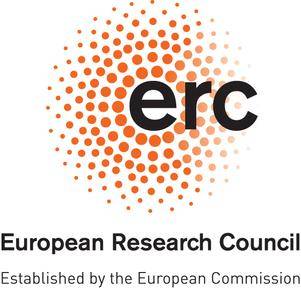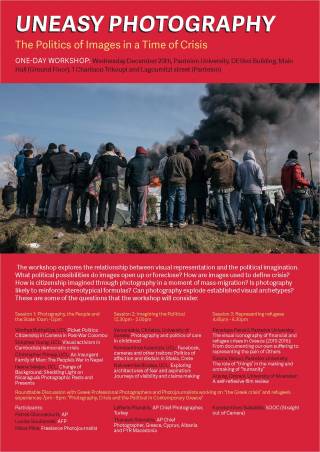Photo/Politics in Post-War Sri Lanka
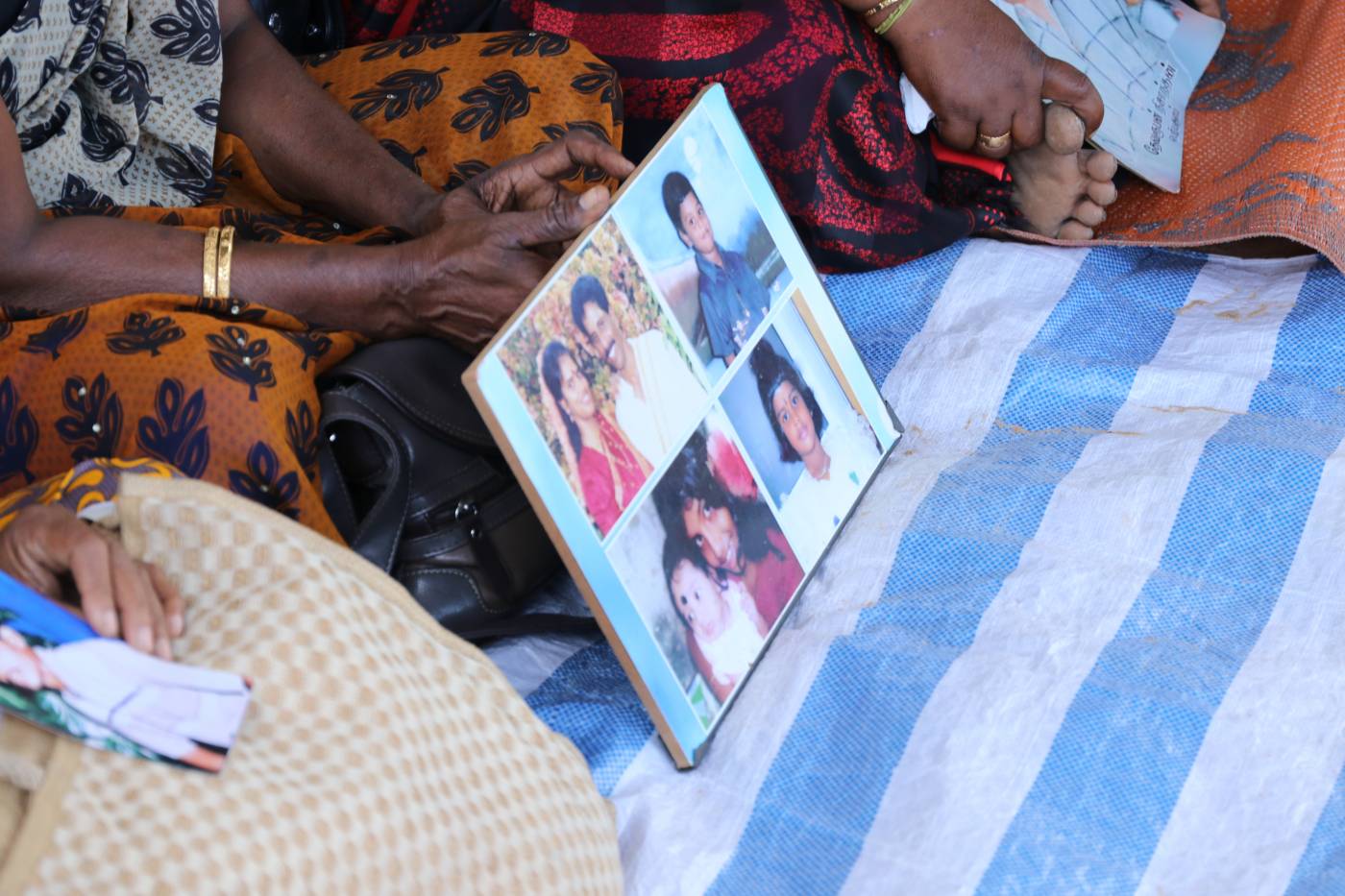
Families of the Disappeared Protest - Jaffna
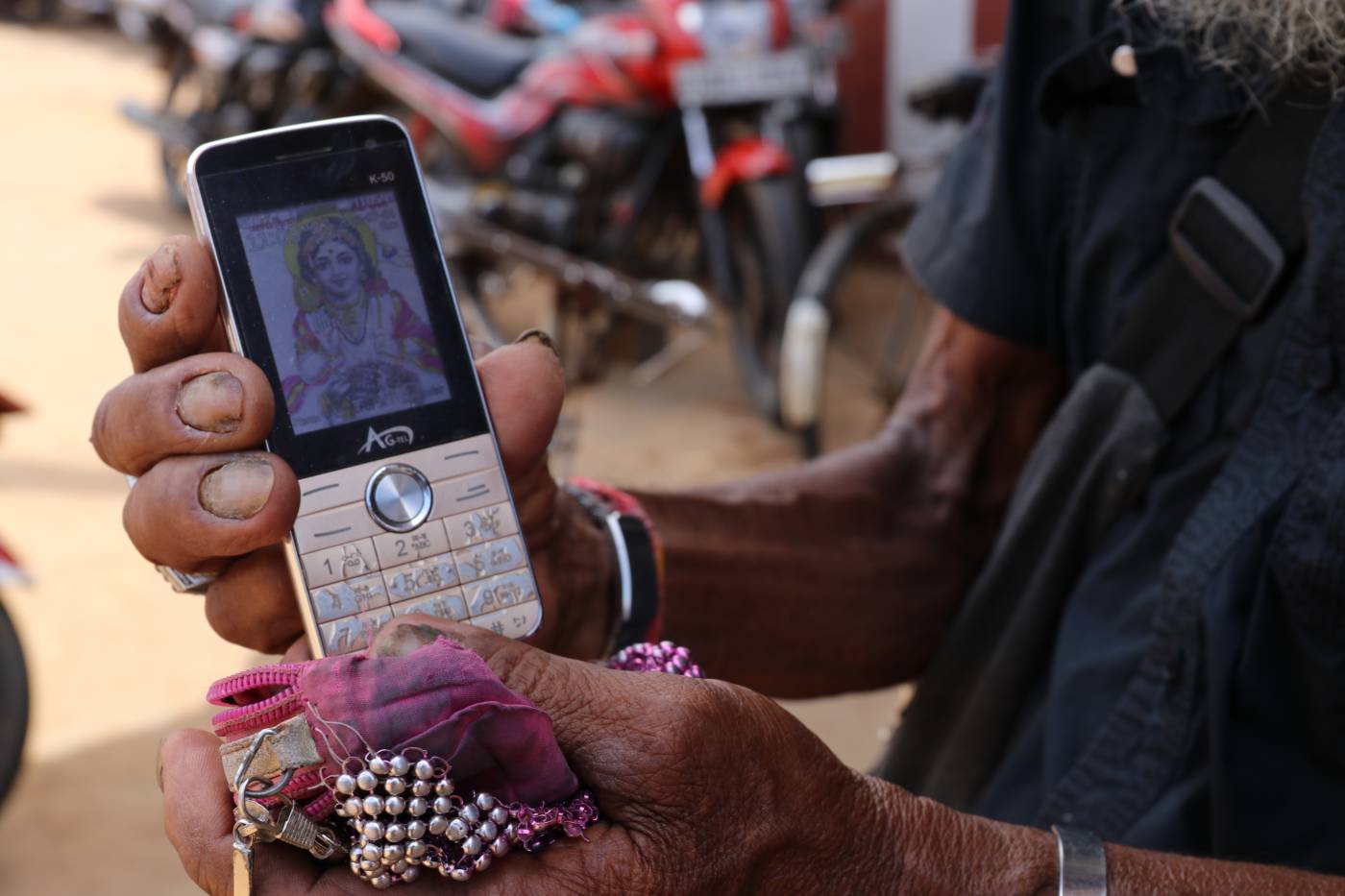
Families of the Disappeared Protest - Kilinochchi
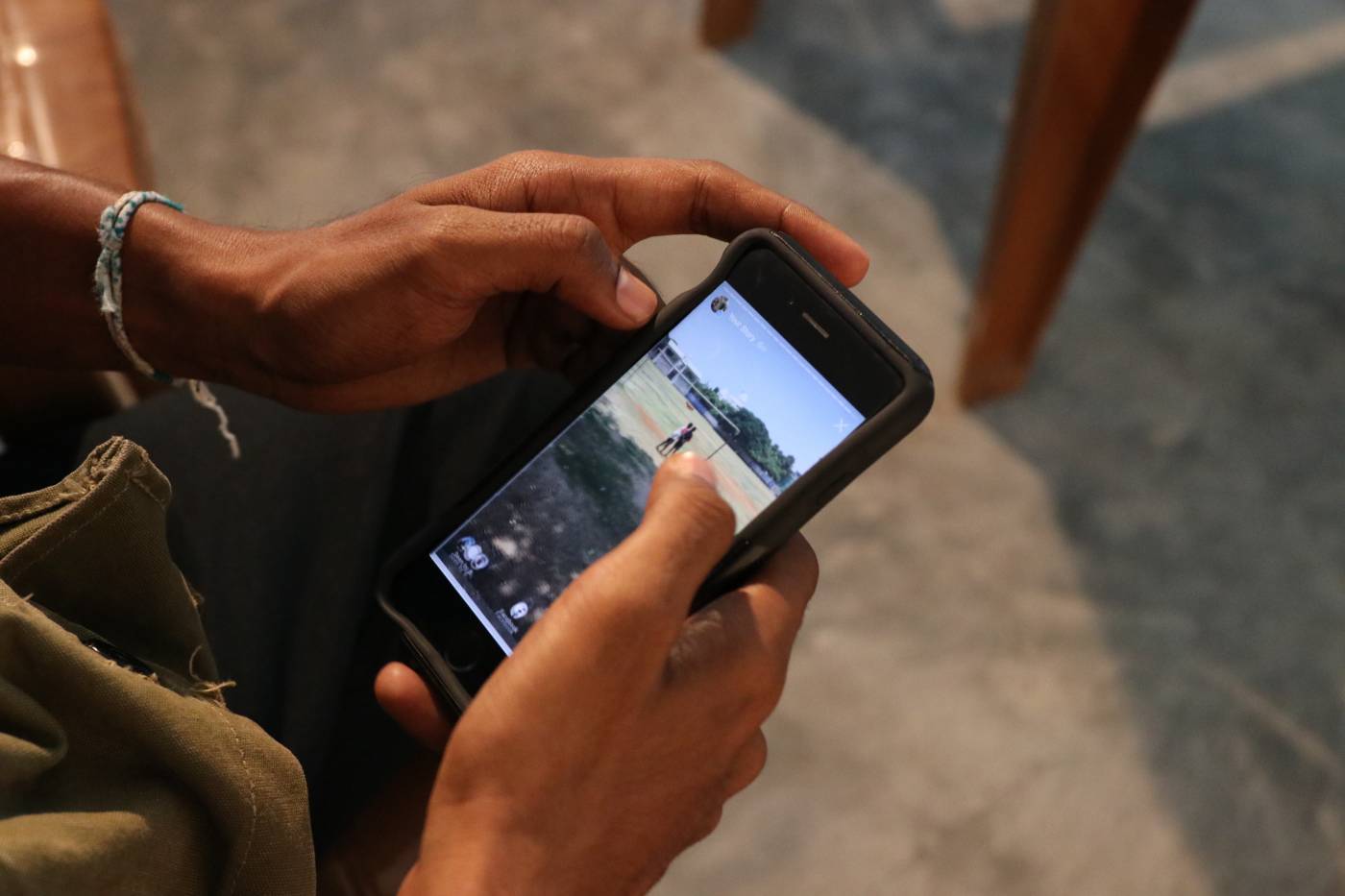
Instagram Storytelling - Jaffna
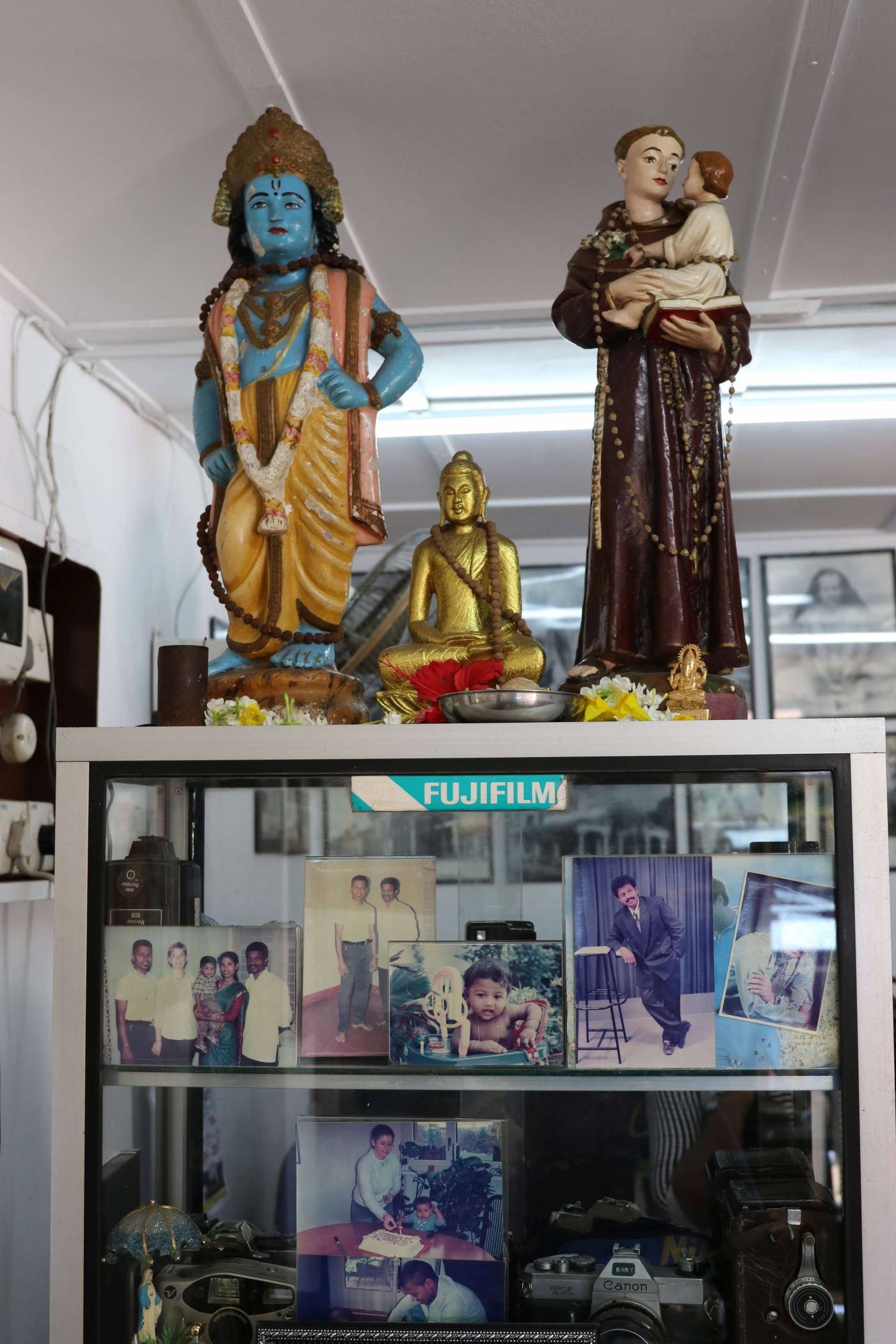
Jaffna Photo Studio
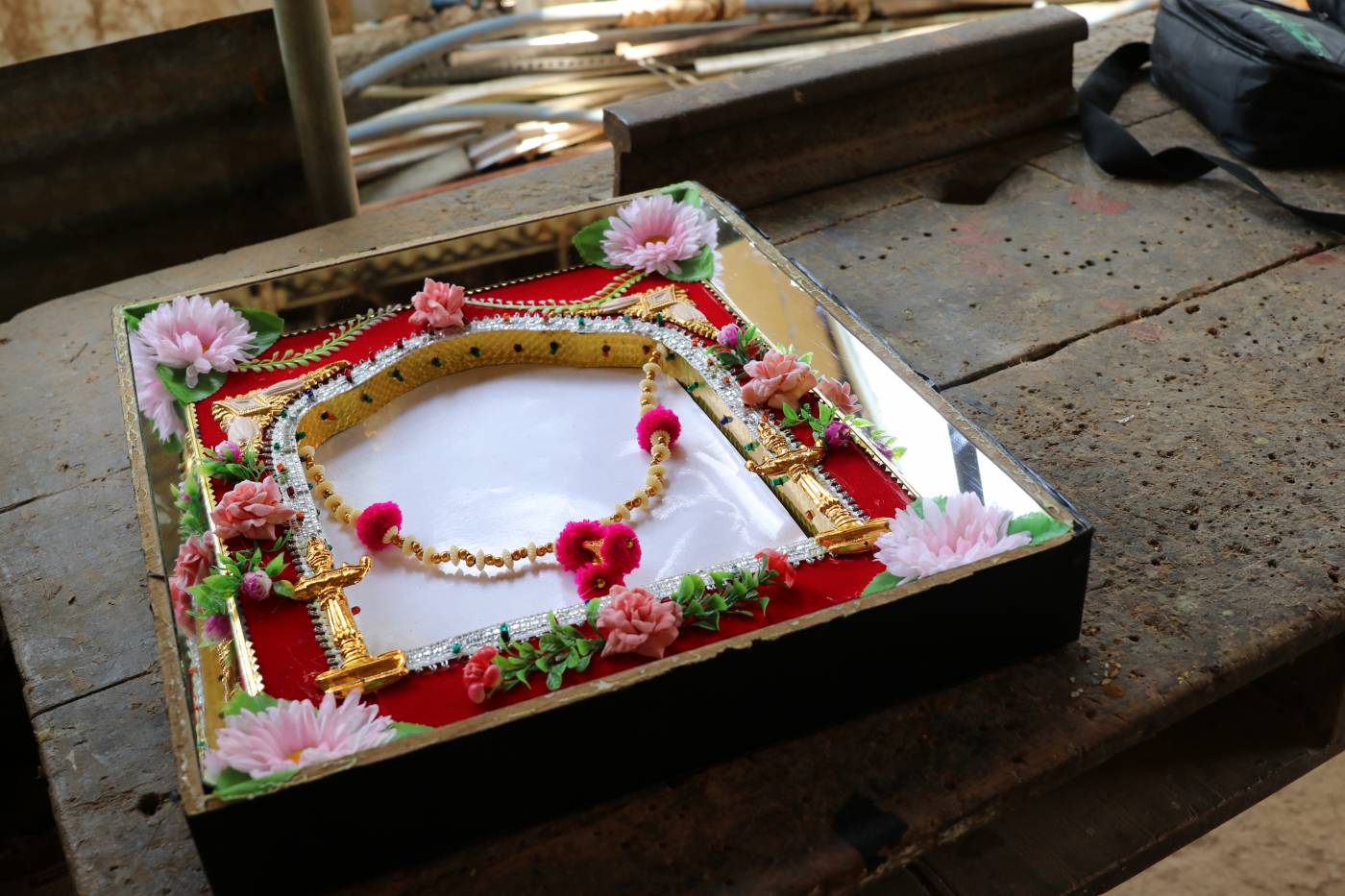
Kilinochchi Photo Studio
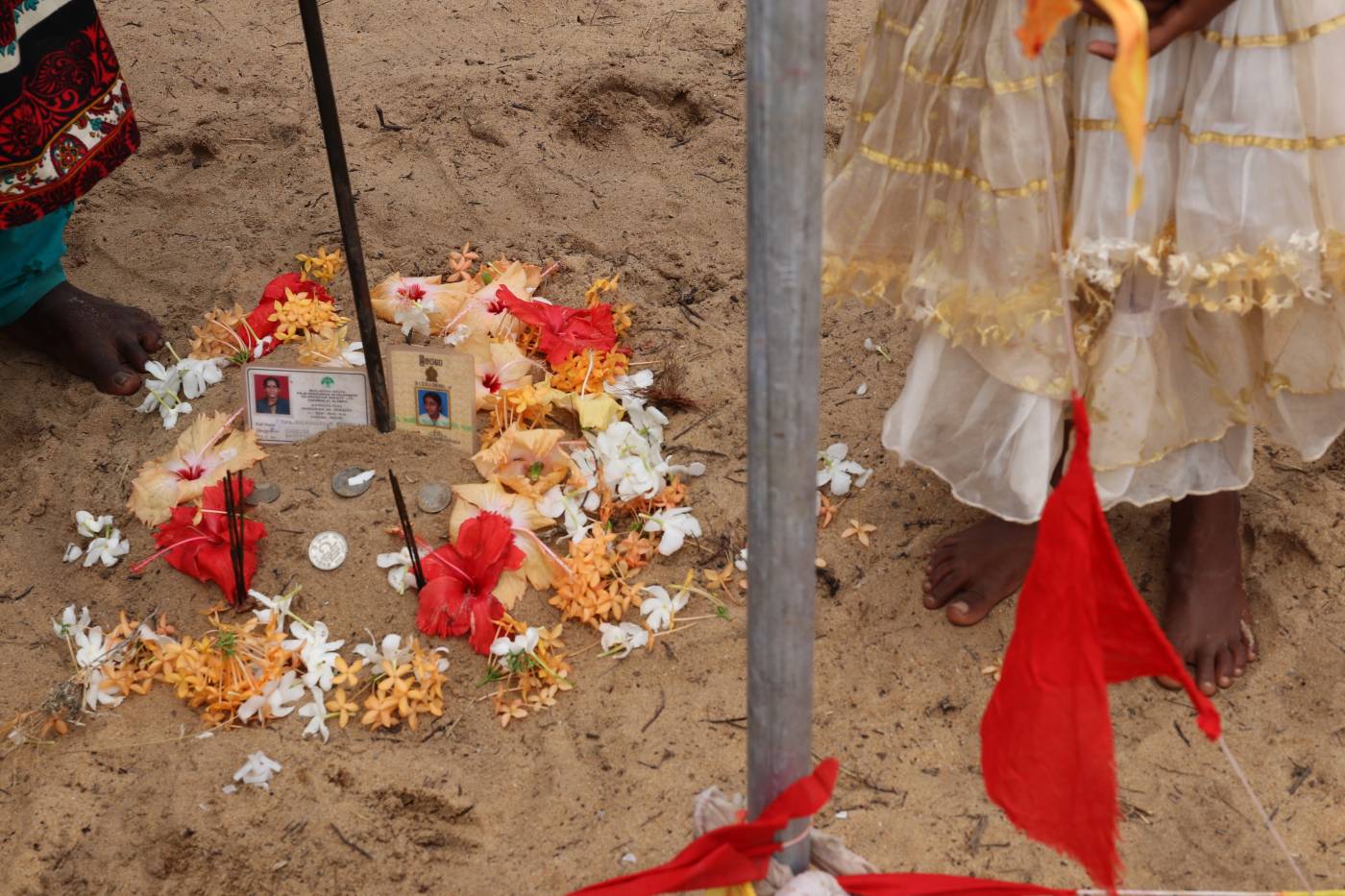
Mullivaikkal Memorial - 18th May 2018
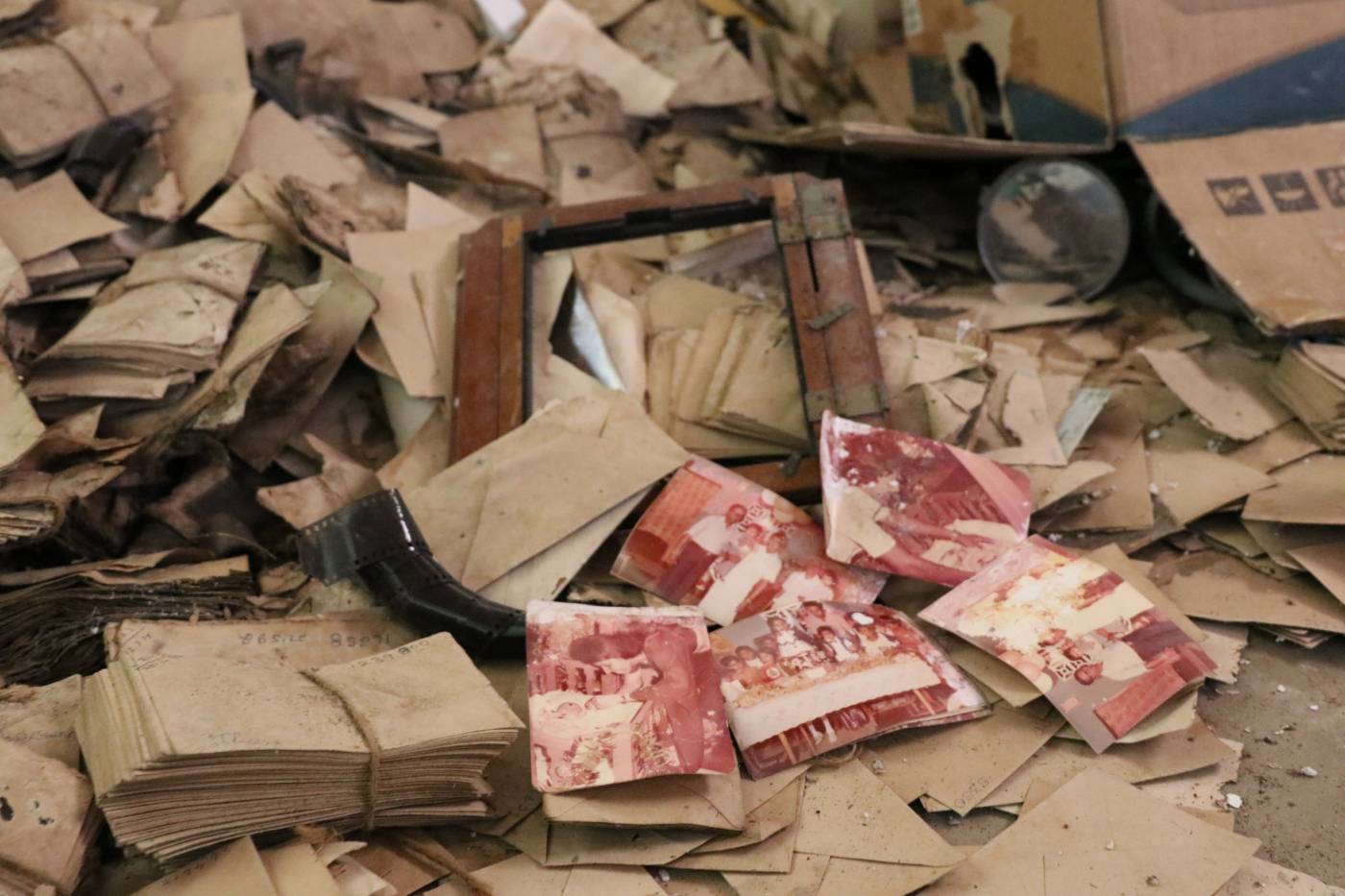
Remains - Jaffna Photo Studio
During fourteen months of fieldwork in Colombo and Jaffna, I explored popular photographic practices among members of the Northern Tamil community in post-war Sri Lanka. The research revealed the ways in which photographs as both material and digital objects, and photography as practice, featured in expressions of Tamil identity and citizenship within the burdened context of ‘peace’ defined as an absence of war. The island’s social, cultural, political and economic fabric has been irrevocably threaded with the unresolved causes and pervading effects of nearly three-decades of armed conflict. One such cause centred on a demand for a separate Tamil homeland in the North and East of the island by the Liberation Tigers of Tamil Eelam (LTTE). At their peak, the militant group who claimed to represent the interests and political aspirations of the wider Tamil community, formed a de facto state in the North-East of the island. In 2009, the LTTE were defeated in an outright military victory by state forces at devastating cost to civilians.
Studying the community’s interactions with photography provided a unique means by which to understand how Sri Lankan Tamil lives have been and continue to be wrought by the community’s tense relationship to the Sinhalese majority state. Therefore, by examining various ways in which photographs are made, used, kept, displayed, concealed, lost, altered, elevated and shared, I have surveyed a myriad of ethnographic contexts where photography features, including: photography studios in Jaffna, several of which trace their occupational lineage back to the first photographers in the peninsula, who acquired their skills from 19th century U.S. missionaries; the social and political lives of vibrant memorial portraits, family albums, and images of atrocity and trauma generated from the cell phones and compact digital cameras of ‘victims’ and ‘perpetrators’; sites of protest and commemoration which seek to challenge the ethnicised post-war security and heritage apparatus of the state, demanding recognition for their identity as Tamils, and parity of citizenship; photographers and activists questioning and reclaiming narratives of identity and place through media such as Instagram. These examples reveal the complex and fascinating ways in which everyday photographic practices among the Tamil community have been shaped by the effects of a tumultuous political context and the contentions between an established and an aspirant state. Further, they show how photography, in its increased accessibility afforded by way of mobile phone cameras, has become a compelling everyday medium for grappling with, interrogating and responding to this convoluted past and present, expressing desires and aspirations for the future that are both personal and political.
Dissemination activities:
- Co-convenor of Panel, ‘Participation and Guardianship: On the Ownership of Images in Movement’ at the Royal Anthropological Institute, the British Museum, and the Department of Anthropology, SOAS Conference ‘Art, Materiality and Representation’, June 2018. Presented paper titled, 'Picturing the Disappeared: Of Resistance and Remembrance in Post-War Sri Lanka'
- Talk: 'Photo/Politics: Exploring Popular Photography in Post-War Sri Lanka', Sri Lanka Archive of Contemporary Art, Architecture and Design, Jaffna, Sri Lanka, July 2018
- Talk: 'The Social and Political Lives of Photographs: Self/Representation', Department of Fine Arts, University of Jaffna, Sri Lanka, September 2018
- Panel: BPF18 Emerging Curators: 'Is Photography Democratic?' Brighton Photo Fringe, October 2018
 Close
Close


